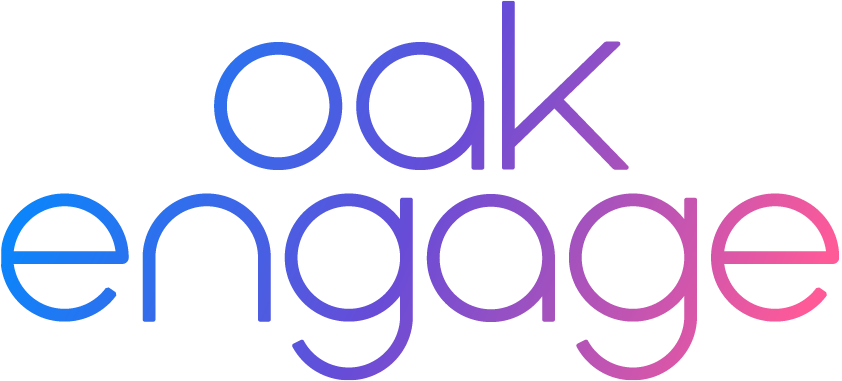In an ever-changing, fast paced job market, organisations must look inward to understand why employees come and go with their jobs. You may be wondering, ‘What is employee retention?’
Employee retention refers to an organisation’s ability to retain employees over time and minimise turnover. It can involve different incentives to encourage employees to stay working for the organisation instead of working elsewhere.
How to calculate employee retention rate
To calculate the employee retention rate for your own organisation, do the following:
-
Divide the number of employees at the end of a period, by the number of employees at the beginning of the period.
-
Multiply your result by 100 and that should give you your percentage.
A strong employee retention rate is typically around 90%, while the average turnover rate in the UK being 15%. However this can vary depending on the industry as different industries have different standards for turnover.
You could improve your employee retention rate by introducing an employee referral scheme. Referred candidates are more likely to be a better fit, and 40% more likely to be retained after one year compared to non-referral hires.
Positive impacts on a business for good employee retention
A high employee retention rate plays a crucial role in shaping company culture. This is because it allows team members to form closer bonds and strengthen their workplace relationship, which in turn can create a more engaged team, with all members on the same page.
Therefore, a higher retention rate usually means that there is a good onboarding process. A solid onboarding process helps new starters feel prepared and supported when starting their new role, and in turn leading to higher job satisfaction and reducing turnover.
Employees who see a clear career progression path and receive support for their development are more likely to stay with the company. Providing employees with professional development opportunities, such as training and promotions, boosts engagement and motivation.

When employees feel their work is meaningful and has purpose, they may feel an alignment to the company goals, and therefore are more productive with their work. Having a culture of productive and aligned work colleagues, creates a positive work environment and company culture.
Negative impacts on a business for poor employee retention
Having poor retention can also have negative effects on your business such as increased recruitment and training costs due to frequent turnover. In the UK, the average training cost per employee is £1,530 per year. An example of how this could increase recruitment and training costs is because employers are constantly investing in advertising, interviewing and hiring new starters.
If you have a poor employee retention rate in your workplace, it could be caused by low morale and therefore productivity levels. This is because if people find no purpose to their work and no passion behind it, then they may lose all motivation to work. Oak Engage has a blog on ways to boost employee morale in the workplace, examples could be incorporating pulse surveys into feedback so the CEO can know where to improve and improve employee appreciation.
Another reason that poor employee retention can have a negative impact on your business is the high turnover rate. High turnover rate can create job insecurity among employees and lead to a loss of valuable company knowledge when experienced staff leave. The high turnover rate can also leave your team feeling overworked and burnt out. You can help reduce employee burnout by joining our Right To Disconnect webinar.

Strategies to improve employee retention
Introduce an employee engagement app or intranet to make communications smarter. Ensure that important company updates are hitting the right people at the right time by using a company intranet software. A good example is ZIGUPwho, by working with intranet software Oak Engage, created ‘My HUB’ that boasts 77% monthly engagement and had nearly 100,000 hits in one month alone.

Prioritise work-life balance. According to our Happiness report, 46% of people said work-life balance was the main driver for their employee happiness. Things to factor into the work life balance could be, flexibility with working hours, respecting boundaries and encouraging two way communication.
Appreciating your employees is crucial in ensuring your employees are happy, and want to work for your company, therefore the employee retention rate is higher. Gallup reports that well-recognised employees are 45% less likely to have turned over in the last two years. This highlights the impact of employee recognition. Read our guide for more insights.

Onboarding properly is also another way to ensure that your employees feel valued, and also supported as new hires. It ensures new hires feel supported and understand their roles and company culture.
Conclusion
What is employee retention? It refers to an organisation's ability to keep employees engaged, satisfied and committed over a period of time. This can be down to many factors such as employee satisfaction, career development opportunities and a competitive salary.
Ultimately, leveraging digital tools and platforms such as an intranet or employee engagement app, allows companies to ensure two way communication is ongoing and employees can receive feedback based on their performance, as well as company updates.
Book a demo or contact us for more information on how we can help you increase employee engagement and boost employee morale in the workplace.
Change the way you work. Empower your people
We offer a free and personalised demo service, showcasing our intuitive and easy to use platform.


